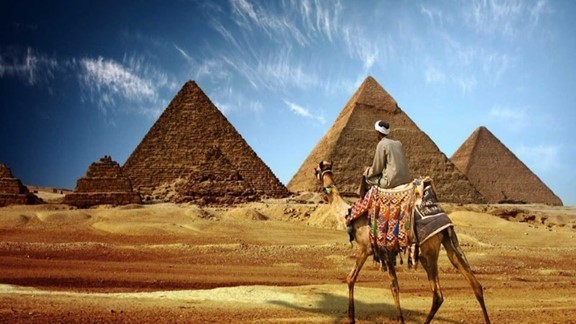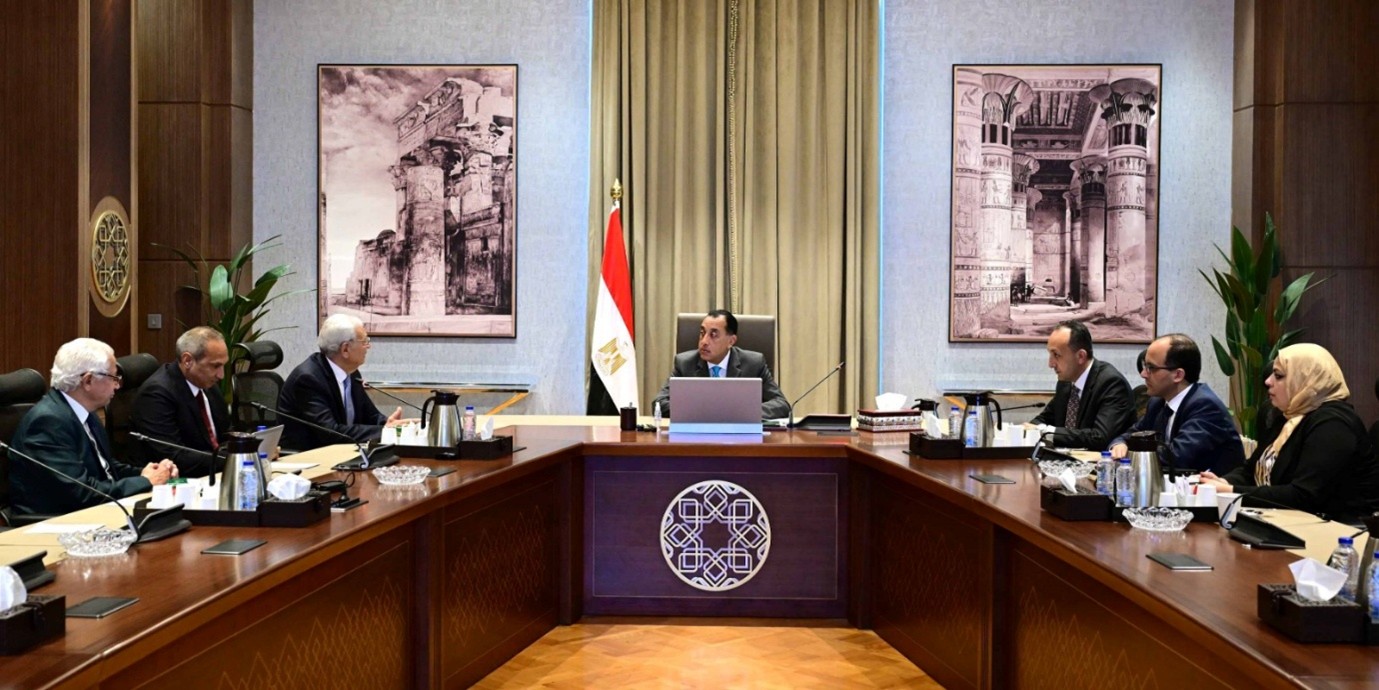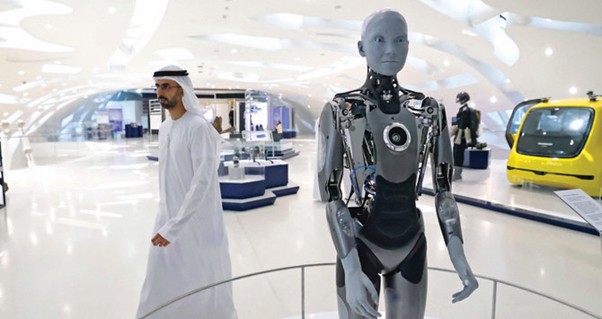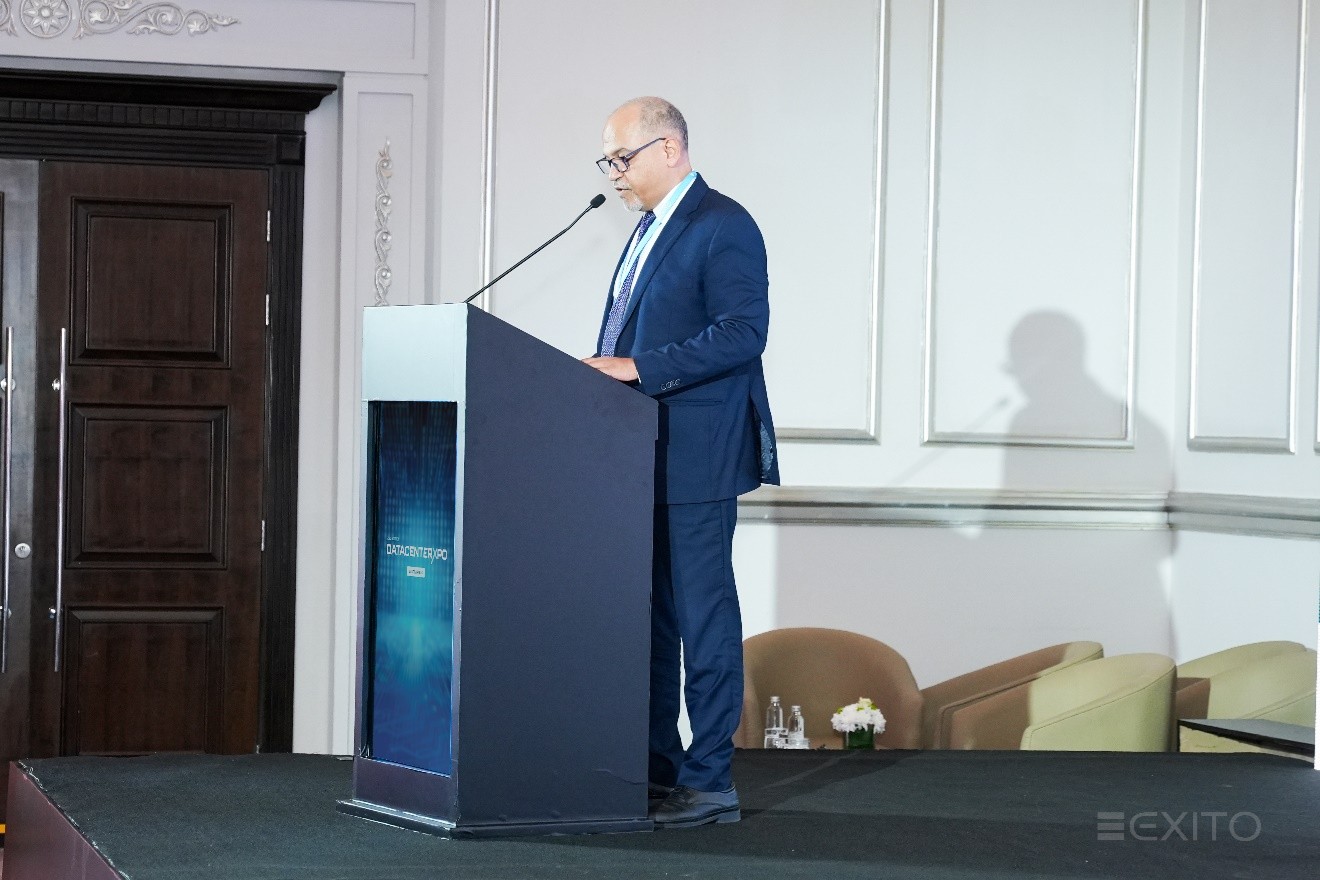Cairo
Source: Al-Wafd newspaper
Dr. Ali Mohamed Al-Khouri
Egypt is one of the richest countries in the world in ancient monuments, as it contains more than 100 pyramids and thousands of archaeological sites and historical objects. These antiquities are a tremendous cultural and historical wealth that can be greatly benefited from to develop tourism and increase national income. According to 2023 data, the number of tourists reached 14.9 million, and revenues reached $15 billion, the highest percentage since 2010.
The Egyptian government aims to attract 30 million tourists over the next five years, which is an ambitious goal but achievable if the plans are implemented effectively. Achieving this goal undoubtedly requires huge investments in tourism infrastructure, improving the quality of services provided, and increasing the promotion of archaeological tourism at the international level. It is estimated that tourism could contribute about 11.4% of Egypt’s GDP, making it one of the most important sectors of the Egyptian economy.
Because archaeological tourism has an impact on the national economy, it is important for the Egyptian government to focus on several main axes. First, modernizing and developing tourism infrastructure in Egypt is an urgent necessity. Transport networks linking archaeological sites and major cities must be effective and integrated. Investments in building and modernizing hotels, restaurants, and tourist facilities will contribute to raising the level of services provided and improving the tourists’ experience. For example, developing a network of railways and highways can facilitate the movement of tourists between different archaeological sites, and support Egypt’s attractiveness as a distinct tourist destination.
Promoting archaeological tourism is an essential part of these efforts, which requires the use of modern and effective promotional means. Social media can play a pivotal role in this context, through carefully targeted promotional and advertising campaigns. Tourism events and exhibitions can also be organized at the international level to attract tourists from all over the world. There must be joint efforts between the public and private sectors to achieve this goal, including cooperation in creating multilingual media materials that highlight the history and importance of these monuments.
It is also important to link archaeological tourism with other types of tourism such as beach tourism and safari tourism. Organizing cultural and artistic events at archaeological sites can attract new categories of tourists and enhance the tourism experience in general. Establishing interactive museums and entertainment centers can contribute to attracting families and children, increasing the number of visitors and enhancing the tourism economy. This includes holding annual festivals that embrace traditional and contemporary arts in archaeological sites to attract the world’s attention to this unique heritage.
Moreover, long-term plans must be made for the development and maintenance of monuments. This requires providing the necessary funding for restoration, enacting strict laws to protect antiquities from theft and vandalism, and raising the level of awareness of the importance of antiquities among the local community.
Policy makers in Egypt must realize that Egyptian antiquities are not just a source of national income, but are also an essential part of national identity and cultural heritage. Preserving these monuments and developing archaeological tourism must be part of the comprehensive national strategy for sustainable development, to achieve economic prosperity and improve the quality of life for citizens. Adopting integrated approaches, focusing on providing a safe and attractive tourism environment, and intensifying promotional efforts are all supportive factors to ensure the sustainability of the tourism sector’s growth.












